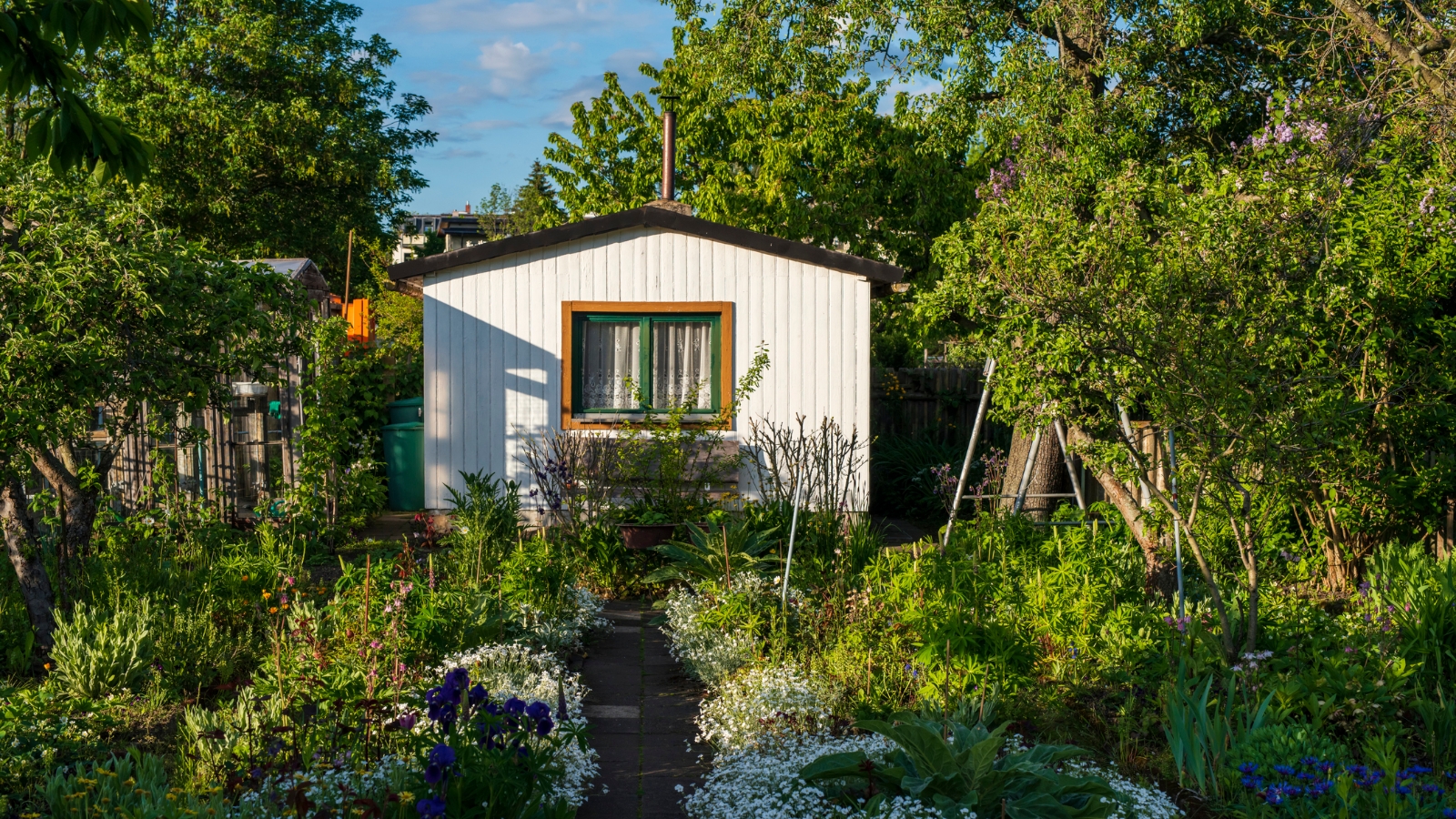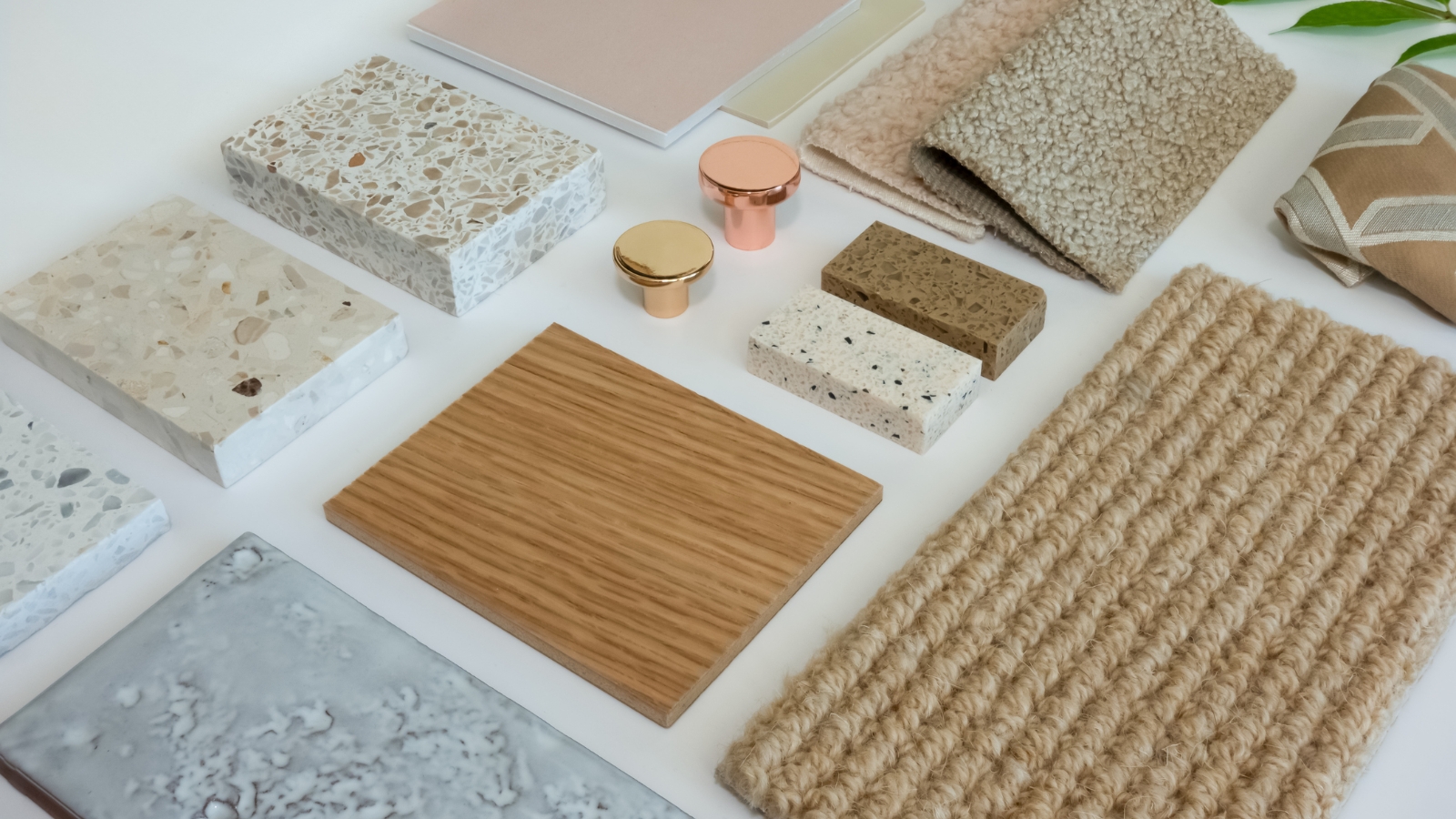Feature article
Granny flats: Proposed change to make it cheaper to build
Get Nana on the tools.

If you were to build a home or granny flat over 30 sqm on your land right now you’d need to prepare drawings and get resource consent from your local council. This process can be time consuming and cost thousands of dollars.
The Government has proposed a change that could make building granny flats of up to 60 sqm far cheaper and easier to increase the supply of affordable housing. Here’s everything you need to know.
Granny flats to no longer require consent
The coalition Government is proposing an amendment to the Building Act to exempt simple standalone houses of up to 60 sqm (aka granny flats) from requiring consent as part of their plan to help address the housing shortage crisis. If the law were to pass, the construction of a granny flat in Aotearoa New Zealand would still have to be supervised or completed by competent, licensed professionals to ensure it meets the current building code.
The changes would apply to homes in rural or residential areas, and possibly mixed-use zones where there is both commercial and residential property. Other standards and district plan rules will still apply to granny flats, governing their size, distance from property boundaries and the proportion of a section that can be covered by buildings.
In other words, the homes should still be dry, safe and durable - just cheaper and easier to build.
What’s next?
The granny flat laws haven’t changed yet, the Government is currently proposing a change and asking for feedback from the public. Here’s how the process works:
Consultation with the public opens on 17 June.
Consultation closes on 12 August.
The Ministry of Business Innovation and Employment and the Ministry for the Environment review submissions and provide advice to the Government after 12 August. Some details of the law may be changed after consultation.
The bill will be read and voted on in Parliament and most likely passed as has received initial good response from all sides
Members of the public can complete this online survey here before 12 August if they’d like to contribute to the discussion.
A granny flat could be a place for relatives to stay, an investment or both.
Who might benefit from granny flat law changes?
Investors
By building a granny flat on their properties, investors may be able to increase their cash flow. Minor dwellings of 60 sqm cost $200,000 to $300,000 to build and have a gross yield of 8-12% but they are unlikely to increase the value of the property by much more than the cost of the build, according to Opes Partners economist Ed Mcknight speaking to Radio New Zealand (RNZ).
Note: Granny flats that are used as rental properties will still need to meet Healthy Homes standards and adhere to the Residential Tenancies Act.
Multi-generational families
Large families could accommodate grandparents or adult children for less, giving them a level of privacy and independence yet keeping them close, without having to buy a whole new property.
Homeowners with large sections
Homeowners with enough land could add extra space to their home or even start short term accommodation or rental businesses by building a granny flat on their property.
Renters looking for affordable accommodation
Because this law change would make it cheaper to build new rental properties, renters looking for affordable accommodation may notice an increased supply of small homes.
Granny flat builders
This is a good time to be a builder that specialises in granny flats, tiny homes and transportable homes. The decrease in cost and compliance requirements after the law change may increase demand for their services and increase the number of builders specialising in this area.
Author
Other articles you might like







